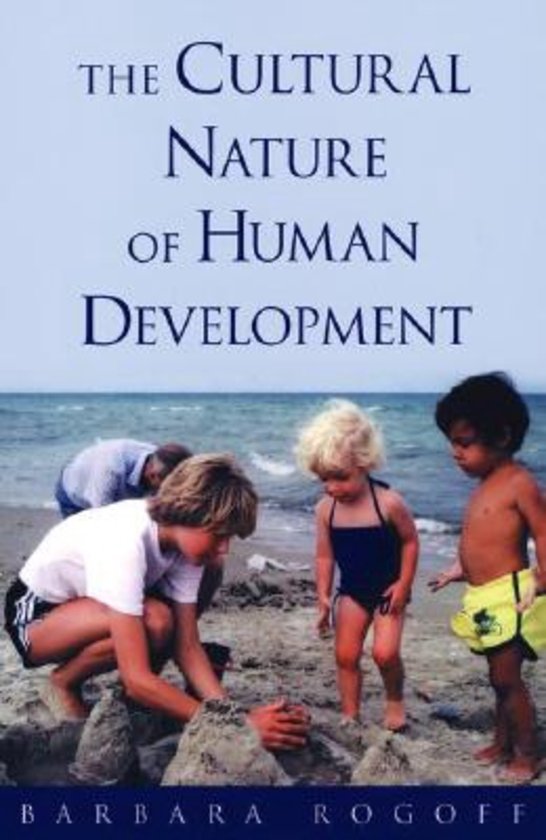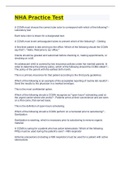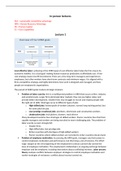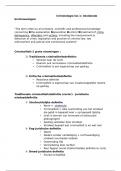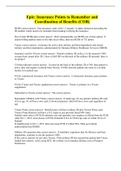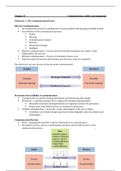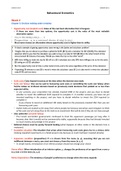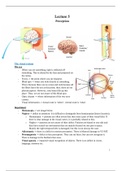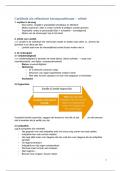concepts and ways of understanding the cultural nature of human
development
•Human development is a cultural process.
•Humans are defined in terms of our cultural participation.
•Being human involves constraints and possibilities stemming from long
histories of human practices. At the same time, each generation continues
to revise and adapts its human cultural and biological heritage in the face
of current circumstances.
•When does children’s intellectual development permit them to
be responsible for others?
•The answer: it differs with different cultures, some earlier than others.
•People’s performance depends in large part on the circumstances that
are routine in their community and on the cultural practices they are used
to.
•Cultural research is necessary to move beyond overgeneralizations that
assume that human development everywhere functions in the same ways
as in the researcher’s own communities, and to be able to account for both
similarities and differences across communities.
•Looking for cultural regularities.
•One set of patterns: Children’s age-grading and segregation
from community endeavours or participation in mature activities.
•It was not until the last half of the 1800s in the United States and some
other nations that age became a criterion for ordering lives, and this
intensified in the early 1900s. with the rise of industrialization and efforts
to systematize human services such as education and medical care, age
became a measure of development and a criterion for sorting people.
•Other patterns
•There are several other areas that appear to involve important
regularities in cultural practices.
•One set of regularities has to do with a pattern in which human relations
are assumed to require hierarchical organization. An alternative pattern is
more horizontal in structure, with individuals being responsible together to
the group.
•Other patterns have to do with strategies for managing survival.
•Orienting concepts for understanding cultural processes.
•These concepts stem from the socio-cultural (or cultural-historical)
perspective (that the writer uses).
•Understanding development from a sociocultural-historical perspective
requires examination of the cultural nature of everyday life.
•To understand regularities in the variations and similarities of cultural
, processes of human development across widespread communities it is
important to examine how we think about cultural processes and their
relation to individual development.
•The overarching orienting concept for understanding cultural processes is
the writers version of the sociocultural-historical perspective: Humans
develop through their changing participation in the sociocultural activities
of their communities, which also change.
•This provides the basis for other orienting concepts:
-Culture isn’t just what other people do.
-Understanding one’s own cultural heritage, as well as other cultural
communities, requires taking the perspective of people of contrasting
backgrounds.
-Cultural practices fit together and are connected.
-Cultural communities continue to change, as do individuals.
-There is not likely to be one best way with culture.
•We can expand our understanding of human development by:
-Moving beyond ethnocentrism to consider different perspectives
-Considering diverse goals of development
-Recognizing the value of the knowledge of both insiders and outsiders
of specific cultural communities
-Systematically and open-mindedly revising our inevitably local
understandings so that they become more encompassing.
•Moving beyond initial assumptions.
•People often take their own community’s ways of doing things for
granted.
•Culture shock -> the shock when someone experiences something
completely different from what they are used to (e.g. exploring another
country or going to Arabia, etc. )
•The need to avoid jumping to conclusions about the appropriateness of
other’s people ways has become quite clear in cultural research.
•Beyond ethnocentrism and deficit models.
•To impose a value judgement from one’s own community on the cultural
practices of another- without understanding how those practices make
sense in that community- is ethnocentric.
•Ethnocentrism: involves making judgements that another cultural
community’s ways are immoral, unwise, or inappropriate based on one’s
own cultural background without taking into account the meaning and
circumstances of events in that community. Another community’s practice
and beliefs are evaluated as inferior without considering their origins,
meaning, and functions from the perspective of that community.
•Deficit model -> that savages are without reason and social order
•Romantic view -> noble savage living in a harmonious natural state
unspoiled by the constrains of society.

